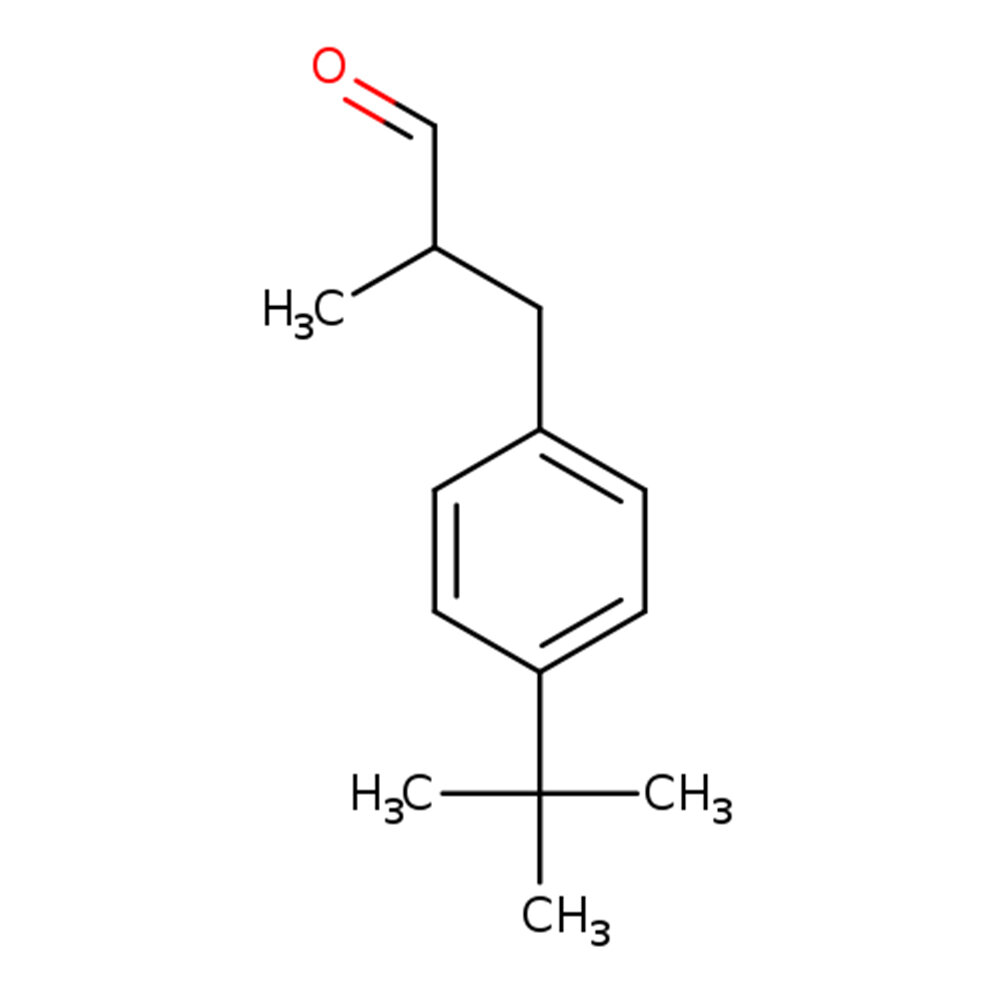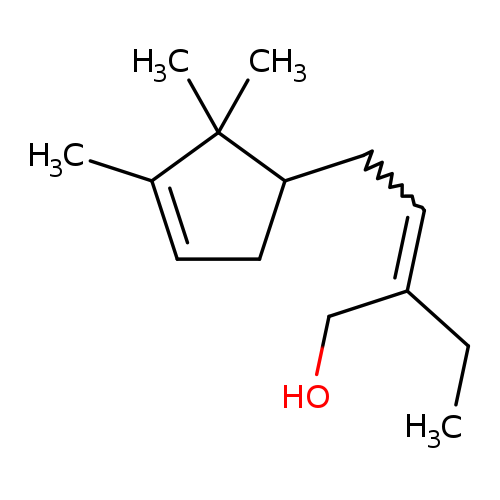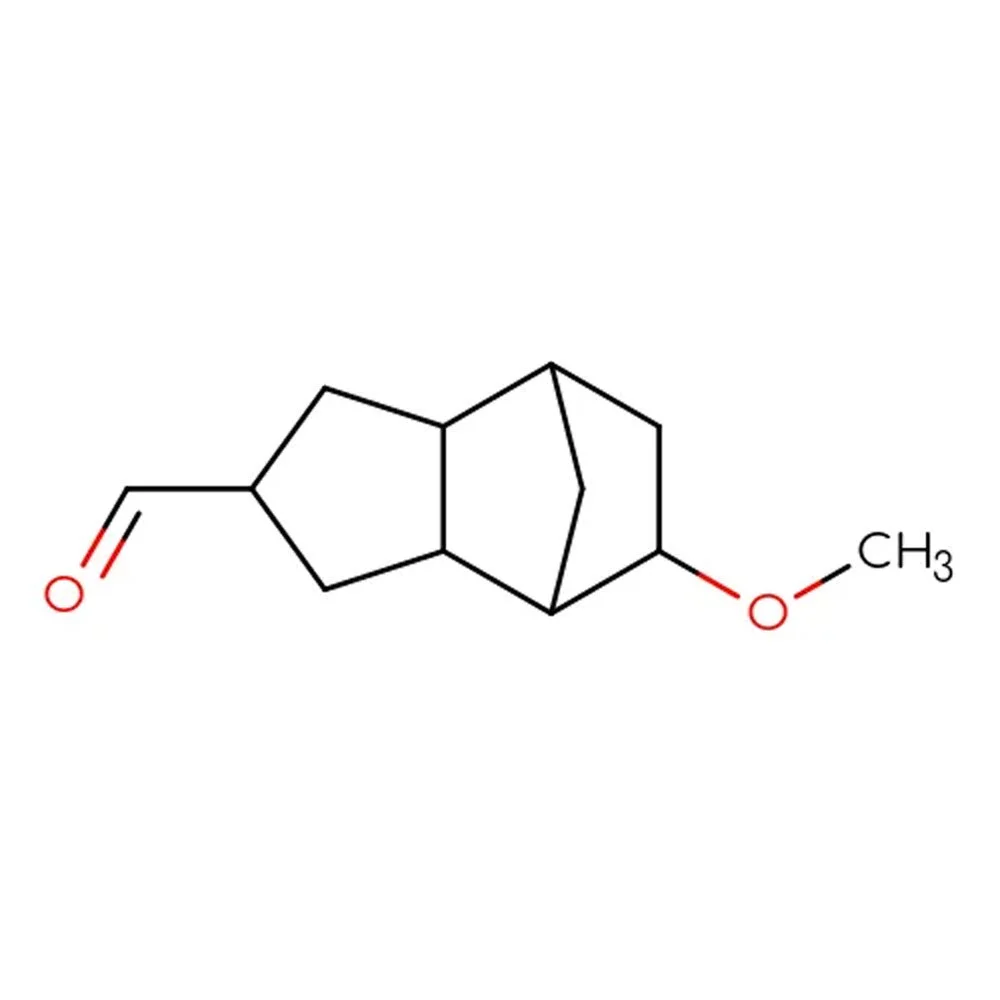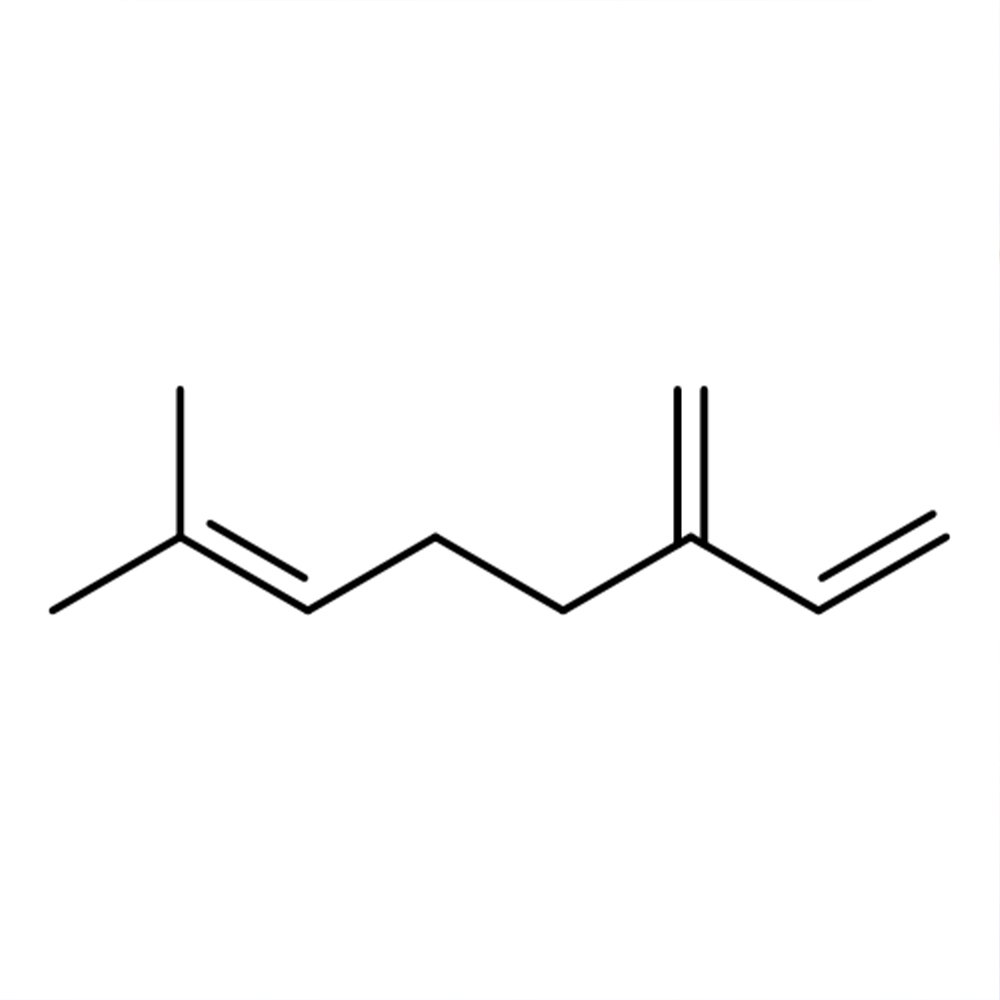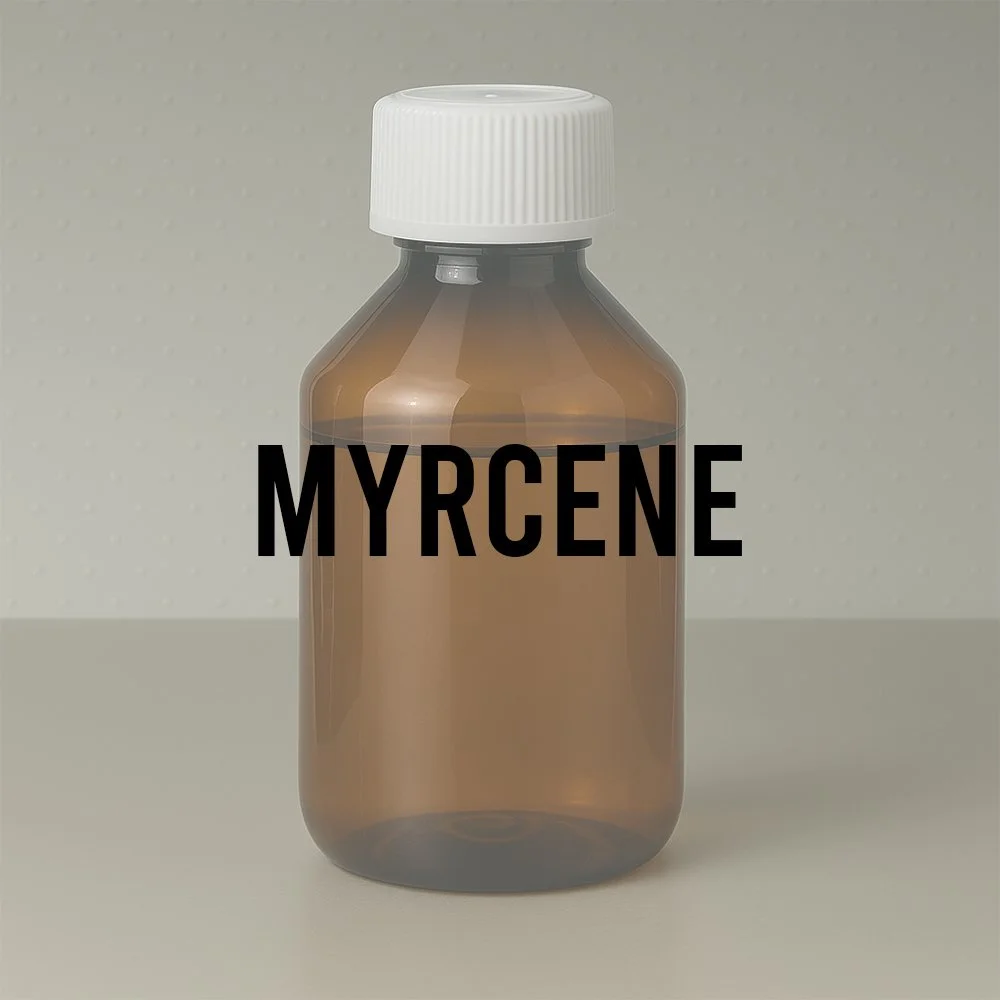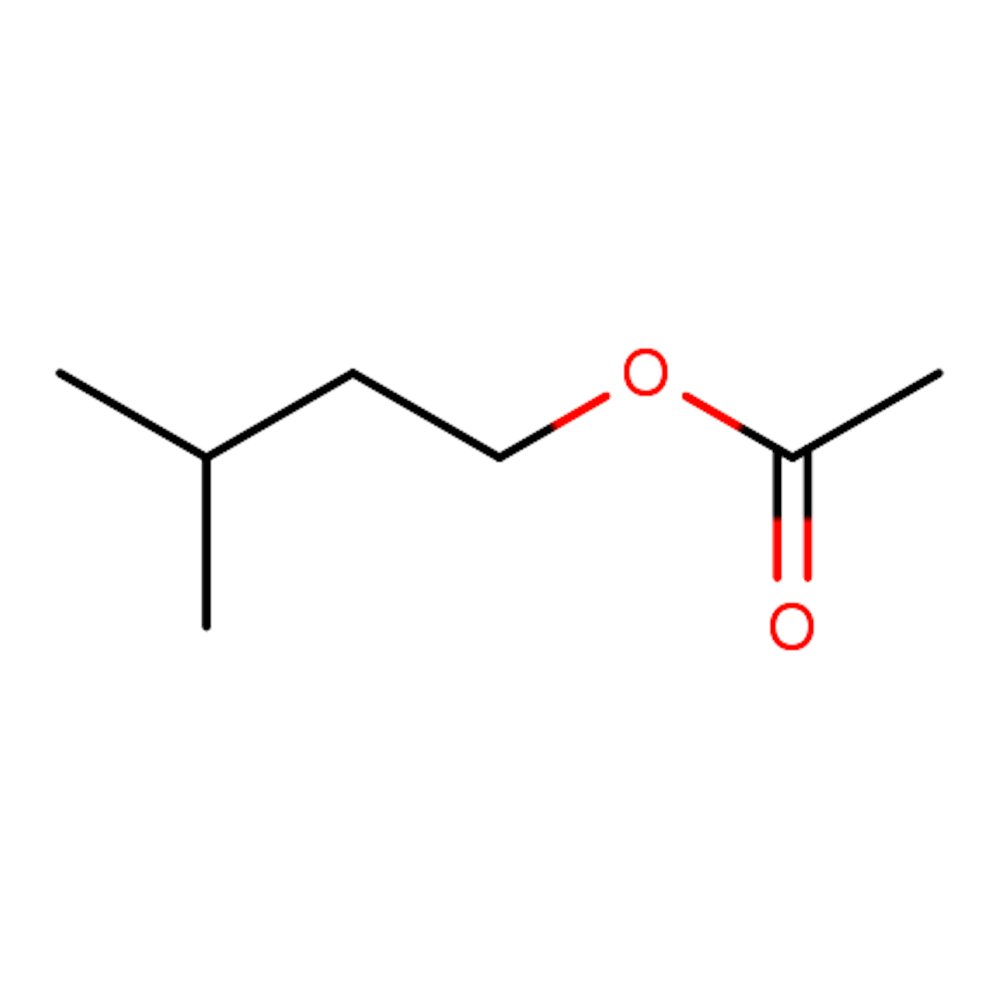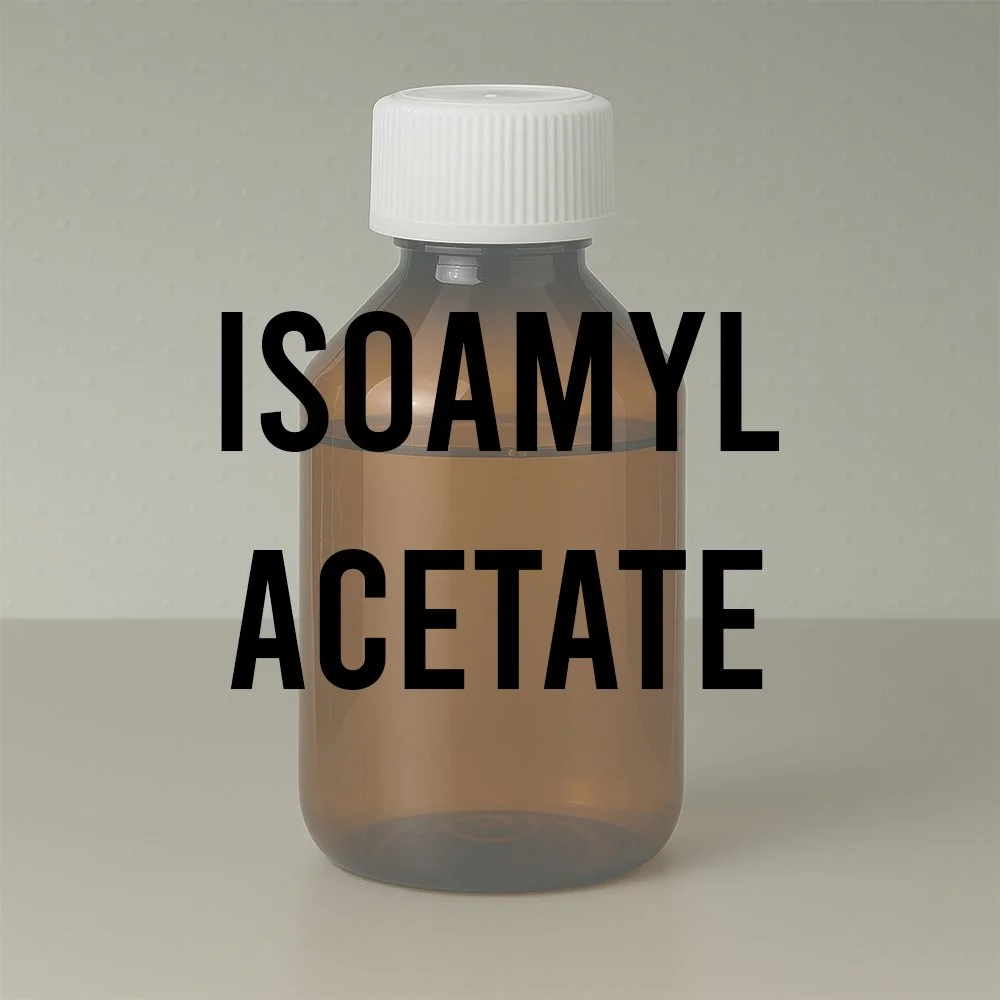Nerolidol Technical Overview
🔎 Chemical Name — 3,7,11-Trimethyl-1,6,10-dodecatrien-3-ol
🧪 Synonyms — Peruviol, Melaleucol, Methylvinyl homogeranyl carbinol, 3-Hydroxy-3,7,11-trimethyl-1,6,10-dodecatriene
📂 CAS Number — 7212-44-4
📘 FEMA Number — 2772
⚖️ Molecular Weight — 222.37 g/mol
📝 Odor Type — Floral, green, woody
📈 Odor Strength — Subtle yet highly substantive
👃🏼 Odor Profile — Delicate floral character reminiscent of rose and apple; balanced lavender, lily of the valley, and cedar notes; green-citrus and woody-waxy nuances with melon and fruity-citrus facets
⚗️ Uses — Fine fragrance (floral fixative, base notes), flavor applications, vitamin E and K₁ synthesis intermediate, cosmetics
🧴 Appearance — Colorless to pale yellow clear liquid
What is Nerolidol?
Nerolidol is an acyclic sesquiterpene alcohol representing the C₁₅ homologue of linalool, characterized by three methyl substituents and a tertiary hydroxyl group at position 3. The molecule exists as multiple stereoisomers due to both geometric isomerism at the 6-position double bond (cis/trans or Z/E) and a chiral center at carbon-3, yielding four possible stereoisomers: two enantiomeric pairs corresponding to (6Z)-nerolidol and (6E)-nerolidol (trans-nerolidol) configurations (Bauer et al., 2001).
Nerolidol occurs naturally as individual stereoisomers in various essential oils; (+)-(6E)-nerolidol (dextrorotatory trans-nerolidol) constitutes approximately 84% of cabreuva oil from Myrocarpus fastigiatus (Paraguay), while (−)-nerolidol has been isolated from Dalbergia parviflora wood oils. Commercial synthetic nerolidol comprises a racemic mixture of both (6Z)- and (6E)-nerolidol isomers, typically 35-45% cis and 50-60% trans, presenting as a colorless liquid with a long-lasting, mild floral odor. All stereoisomers exhibit similar olfactory characteristics despite differing physicochemical properties.
Historical Background
Nerolidol was discovered in 1923 and takes its name from neroli oil (Citrus aurantium flowers), where it occurs as a natural constituent alongside other blossom oils including ylang-ylang and Peru balsam. The compound’s identification established it as an important naturally occurring sesquiterpene alcohol with significant perfumery value.
Industrial Synthesis
The primary industrial synthesis of nerolidol parallels linalool chemistry, beginning with the monoterpene alcohol and extending the carbon chain to the sesquiterpene skeleton. The synthesis proceeds through multiple steps (Bauer et al., 2001):
Chain Extension: Linalool undergoes conversion to geranylacetone via reaction with diketene, ethyl acetoacetate, or isopropenyl methyl ether (analogous to synthesizing 6-methyl-5-hepten-2-one from 2-methyl-3-buten-2-ol)
Acetylene Addition: Geranylacetone reacts with acetylene under basic conditions to form dehydronerolidol, introducing the terminal vinyl group
Selective Hydrogenation: Partial reduction using Lindlar catalyst (palladium on calcium carbonate poisoned with lead) selectively hydrogenates the acetylenic triple bond to a cis double bond, yielding a mixture of racemic (6Z)- and (6E)-nerolidol stereoisomers
This synthetic route, developed during the mid-20th century alongside advances in terpene chemistry, established nerolidol as an accessible sesquiterpene for industrial perfumery and as a key intermediate for synthesizing vitamins E and K₁.
Olfactory Profile
Scent Family
Floral, green, woody
Main Descriptors
Primary: Delicate floral reminiscent of rose and apple; lily of the valley character
Secondary: Green-citrus, woody-waxy, lavender, cedar
Tertiary: Fruity-citrus nuances, melon facets, tea-like notes
Intensity
Subtle yet remarkably substantive. Nerolidol demonstrates exceptional tenacity despite its delicate character, providing depth to more volatile floral notes. The compound exhibits an unusual sweet, fresh quality with persistent longevity that belies its gentle olfactory impression. Detection threshold ranges from approximately 10 ppb to 10 ppm depending on individual sensitivity.
Tenacity
Exceptional substantivity and fixative properties. Nerolidol functions as a base note material with extraordinary persistence, anchoring and extending lighter floral components throughout fragrance development. The tertiary alcohol structure contributes to remarkable stability and longevity on substrates.
Volatility
Low volatility (boiling point ~276°C at atmospheric pressure, 114°C at 1 mmHg). Functions primarily as a base note material with excellent fixative characteristics. The sesquiterpene structure and tertiary alcohol functionality create substantial molecular weight and hydrogen bonding capability, resulting in minimal vapor pressure and outstanding persistence.
Applications in Fine Fragrance
Nerolidol serves as an invaluable fixative and blending agent across diverse fragrance categories. According to Arctander, it represents “an extremely useful chemical, not only because of its delicate and very versatile notes, but also, because of its fixative value and blending properties.”
Primary Applications
Floral Compositions: Essential for orange blossom (neroli), rose, honeysuckle, and lily of the valley accords. Adds delicate depth and natural lift to floral heart notes.
Citrus-Woody Bridges: Particularly valuable in creating harmonious transitions between citrus freshness and woody-vanillic bases, providing an “airy side” that links disparate olfactory facets.
Fixative Function: Extends and stabilizes volatile top notes while contributing its own subtle floral character. Works synergistically with lavender, jasmine, and tea-like notes.
Versatile Modifier: Enhances blackberry and strawberry flavors (where jasmine notes dominate) at approximately 100 ppm, adding floral depth without overwhelming primary characteristics.
Average maximum use level in fine fragrance formulations reported at 2.02%. Recommendation for usage levels up to 15% in fragrance concentrates, though typically employed at lower concentrations due to its powerful substantivity.
Performance in Formula
Nerolidol exhibits excellent stability across most fragrance applications. The tertiary alcohol structure resists oxidation better than primary or secondary alcohols, though like all terpenes, it can undergo polymerization via oxidation pathways under extreme conditions. The material demonstrates favorable compatibility with both alcohol-based and oil-based formulations, showing good substantivity on skin and fabric substrates. Flash point of 125°C provides safe handling in standard perfumery operations. Density of 0.874-0.88 g/mL at 20-25°C.
Industrial & Technical Uses
Beyond perfumery, nerolidol functions as a FEMA-approved flavor ingredient (FEMA 2772, JECFA 1646) used in baked goods, frozen dairy, nonalcoholic beverages, and soft candy. The compound serves as a crucial intermediate in the industrial synthesis of vitamins E and K₁. Additionally, nerolidol demonstrates biological activities including antimicrobial, antifungal, anti-inflammatory, and insecticidal properties, finding applications in cosmetics, shampoos, household cleaners, and agricultural formulations. Worldwide usage exceeds 10-100 metric tons annually.
Regulatory & Safety Overview
IFRA Status: No restrictions under IFRA Amendment 51; included in IFRA Transparency List
EU Cosmetics Regulation: Compliant with EU Regulation 1223/2009; not among the 26 mandatory declarable allergens
FEMA Status: FEMA 2772, JECFA 1646 (approved flavor ingredient); FDA 21 CFR 172.515
Council of Europe: Classification B (information required – 28 days oral study; COE No. 02.018)
Toxicology: LD₅₀ >5000 mg/kg (oral, rat; dermal, rabbit). Generally recognized as safe for intended uses. Material classified for aquatic environmental hazards (H410). Skin sensitizer Category 1B (H317) and eye irritant Category 2 (H319). Safe and effective for perfumery, cosmetics, and regulated food flavoring within approved concentration limits.
References
Bauer, K., Garbe, D., & Surburg, H. (2001). Common fragrance and flavor materials: Preparation, properties and uses(4th ed.). Wiley-VCH.
International Fragrance Association. (2023). IFRA Standards Amendment 51. https://ifrafragrance.org
Lapczynski, A., Bhatia, S. P., Foxenberg, R. J., Letizia, C. S., & Api, A. M. (2008). Fragrance material review on nerolidol (isomer unspecified). Food and Chemical Toxicology, 46(Suppl. 11), S247-S250.
McGinty, D., Letizia, C. S., & Api, A. M. (2010). Addendum to Fragrance material review on Nerolidol (isomer unspecified). Food and Chemical Toxicology, 48(Suppl. 3), S43-S45.


